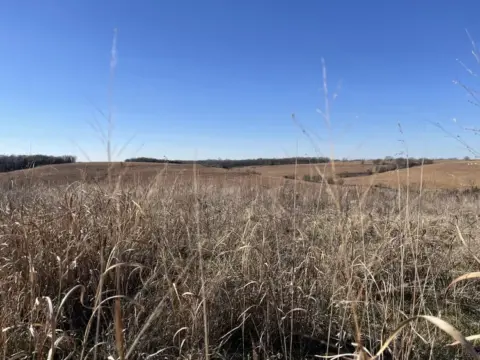Explore our blog featuring articles about farming and irrigation tips and tricks!
Keeping the Prairie Alive

By: Erin Socha
When Mike Moddrell bought 320 acres of land in southwest Douglas County in 2002, it looked very different from the tallgrass prairie it is today.
“When I bought it, it had been neglected for a long, long time,” Moddrell said. “It was in pretty bad shape. I kept burning and burning and burning, and the native grass responds to the fire. It’s taken 20 years for the native grass to come back.”
Today, the land boasts an abundance of native grasses and wildflowers that would have otherwise died out under the relentless attack of invasive and woody species such as eastern red cedar, Callery pear, and Chinese bush clover. The most important aspect of Moddrell’s management is fire — he burns the prairie every year in late winter. The previous season’s dried brush provides an abundant fuel to keep woody species in check.
Stay up to date on all T-L news and get alerts on special pricing!


